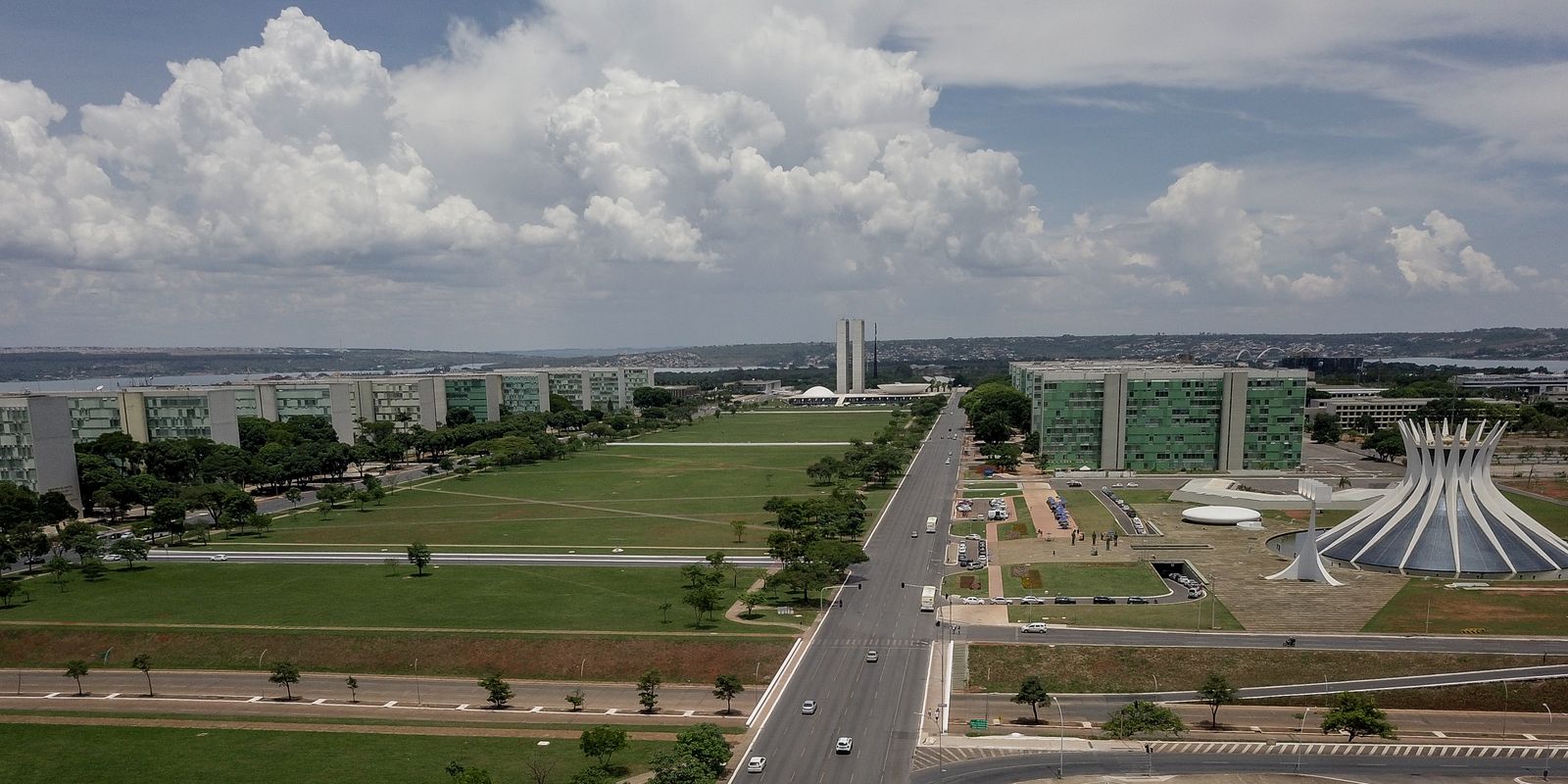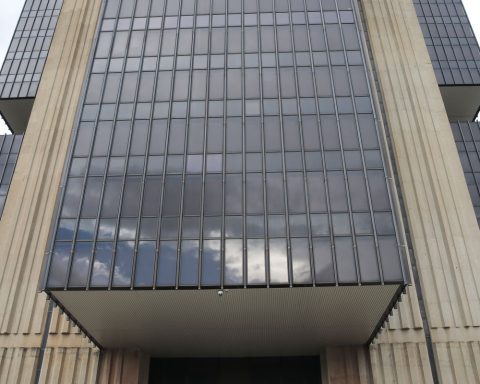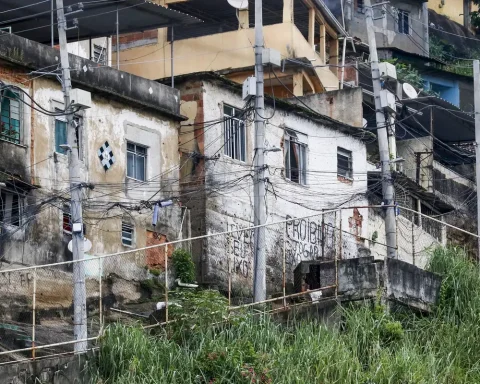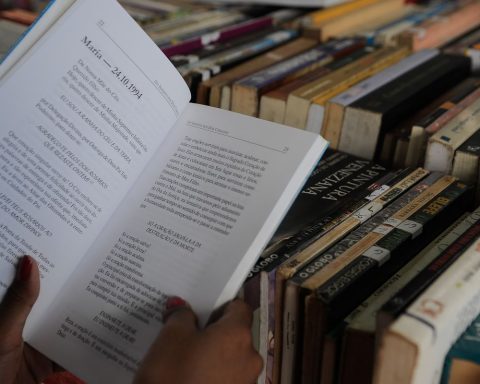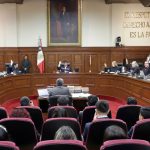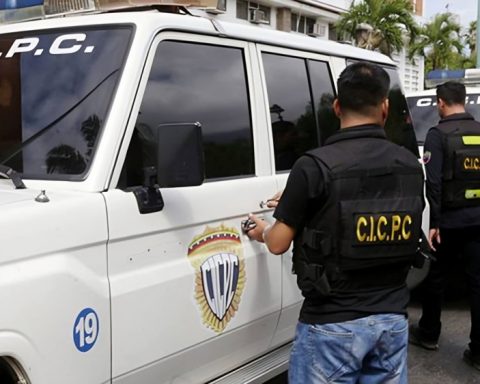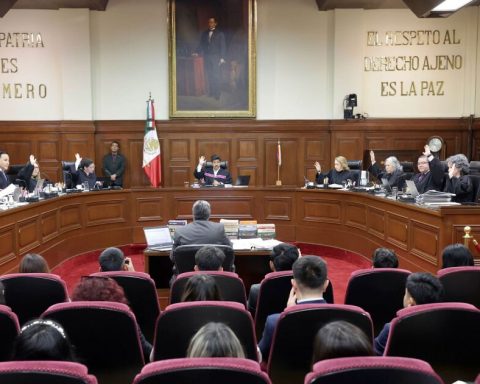The economic team made official, this Monday (22), the freezing of R$ 15 billion in the 2024 Budget. The suspension of the amounts is included in the Revenue and Expenditure Assessment Report, sent this afternoon to the National Congress.
The freeze was necessary to comply with the new fiscal framework. The rules approved last year establish that government spending can grow up to 70% (in values above inflation) of the above-inflation growth in revenues in the previous year. The fiscal framework also establishes a target of zero primary balance, with a tolerance margin of 0.25 percentage points of the Gross Domestic Product (GDP, the sum of wealth produced in the country).
Last Thursday (18), the Minister of Finance, Fernando Haddad, anticipated the freeze announcementamid the surge in the dollar on the eve of the report’s submission. Of the R$15 billion to be suspended, R$11.2 billion will be blocked; and R$3.8 billion will be contingent.
Both contingency and freeze represent temporary spending cuts. The new fiscal framework, however, has established different motivations. A freeze occurs when government spending grows more than the limit of 70% of revenue growth above inflation. A contingency occurs when there is a lack of revenue that compromises compliance with the primary result target (result of government accounts without interest on public debt).
Spending ceiling
In the case of the blockade, the fiscal framework establishes a spending limit of up to R$2.105 trillion this year. Primary expenses, however, were estimated at R$2.116 billion, due to the increase in spending on the Continuous Benefit Payment (BPC), with an increase of R$6.4 billion, and an additional R$4.9 billion on Social Security, due to benefits above the expected level. To prevent the spending cap from being exceeded, the economic team blocked R$11.2 billion.
Primary deficit
Due to the R$13.2 billion drop in net revenue and the R$20.7 billion increase in the total spending forecast, the government has set aside R$3.8 billion, which is necessary to reach the lower limit of the fiscal target, which foresees primary deficit of R$28.8 billion. Without using the 0.25% of GDP tolerance band, the government would have to set aside R$32.6 billion.
The distribution of the cuts among the ministries will only be announced on the 30th, when a presidential decree is published with the spending limits for each department. According to the legislation, the details of the freeze must be published within eight days after the report is sent to Congress.
Historic
In March, the government had blocked R$2.9 billion in discretionary (non-mandatory) expenditures of the Budget. The blockade was necessary to ensure compliance with the fiscal framework’s spending limit.
With the approval of the law that resumed the collection of the Mandatory Insurance for the Protection of Victims of Traffic Accidents (DPVAT), the government had released R$2.9 billion in May. This occurred because the law contained a “rider” that released R$15.8 billion from the spending cap. The release of the money was provided for in the fiscal framework, if revenue had grown above the forecast.
